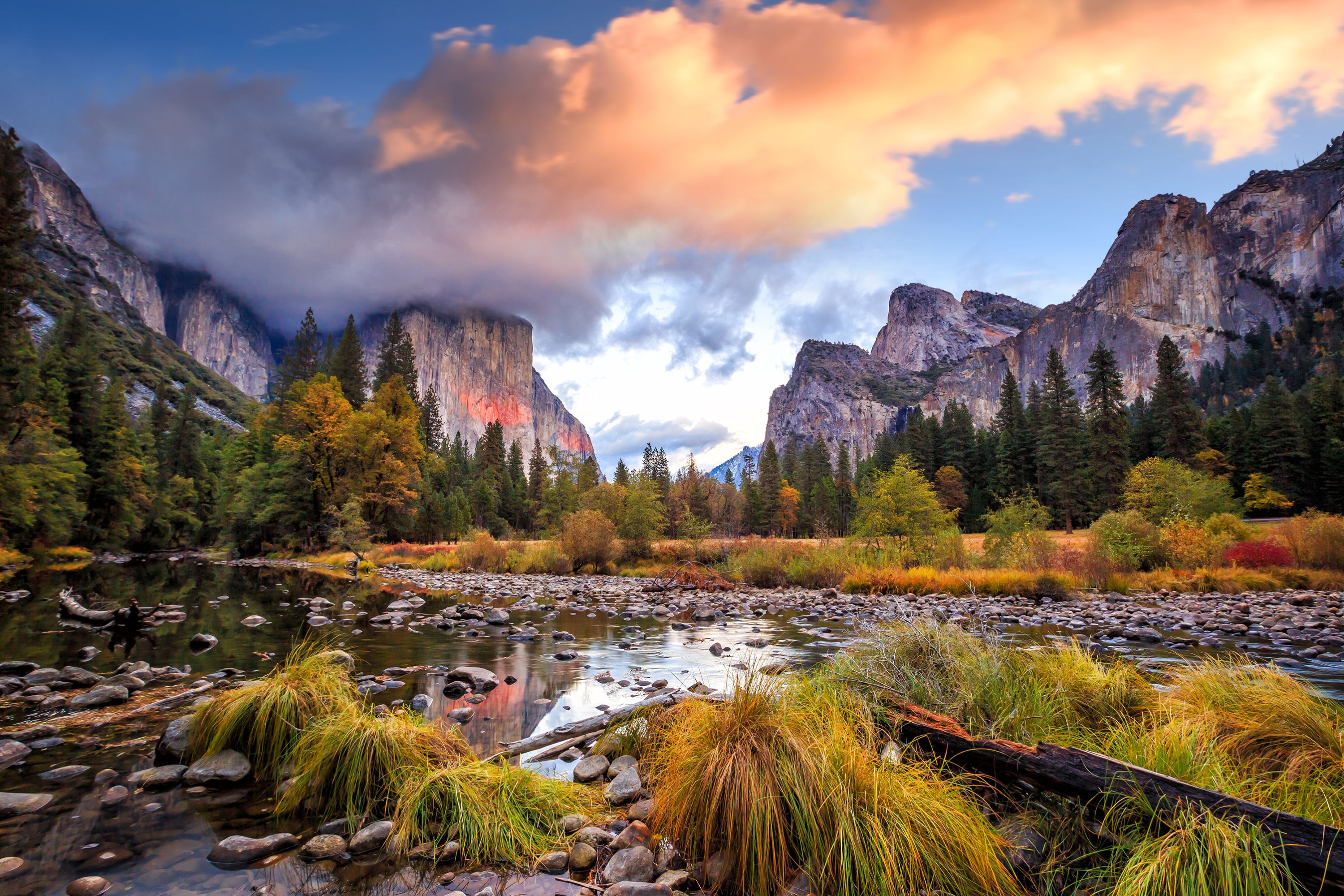Used Toilet Paper Is A Common Problem At Yosemite, So The National Park Service Is Sharing How To Properly Dispose Of Waste In The Wilderness

After finding wads of used toilet paper near Rancheria Falls, Yosemite’s National Park Service took to social media to shed light on this toilet paper disposal issue that has grown “all too familiar,” even in remote wilderness areas. The Park Service also offered advice on how to dispose of used tissue properly.
“Picture this: Yosemite’s majestic wilderness, stunning vistas, and…surprise! Used toilet paper waving hello near Rancheria Falls — a full roll too!” wrote the NPS in the caption of an Instagram post.
The most common method to dispose of used toilet paper is to bury it in six to eight-inch deep holes. However, the practice is no longer sustainable in many national parks as they receive higher foot traffic.
Park rangers are starting to uncover more and more human waste to the point that it has become unmanageable.
Researchers have even begun to come across human waste in areas of national parks that are out of the way and more difficult to access.
In a study from 2019, samples were collected from 56 surface water locations in Rocky Mountain National Park. E. coli was detected in about 75 percent of the samples.
Buried toilet paper can easily be exposed by weather and erosion. Additionally, animals may dig it up before it has the chance to decompose. They may even use it for nesting material since they don’t know any better.
Used toilet paper is disgusting, and it’s not something that anyone wants to see when they’re out in nature. However, it is not only an eyesore — it can be hazardous to people, wildlife, and ecosystems.
Human waste is full of pathogens that can leak into the soil and find their way into water sources. Failure to properly dispose of the waste can lead to the spread of harmful bacteria and viruses.
f11photo – stock.adobe.com – illustrative purposes only
Sign up for Chip Chick’s newsletter and get stories like this delivered to your inbox.
According to the NPS, in order to “keep things clean and classy,” visitors should bring sealable plastic baggies to stash toilet paper in. The baggies can also be covered with tape to block the unsightly mess from view.
“Because really, nobody wants to stumble upon a surprise package left behind by an anonymous outdoor enthusiast,” NPS concluded.
NPS even listed a few simple tips online for how to dispose of waste properly so visitors don’t leave any trace of themselves behind.
First off, always inspect your campsite or rest areas for any trash or leftover food. Pack up any litter you find.
Next, solid human waste should be deposited into catholes dug six inches deep in the soil. The catholes must be at least 100 feet away from water, trails, and camps. When finished, cover the cathole. Make sure to bring toilet paper and other hygiene products.
To wash dishes or yourself, use small amounts of biodegradable soap 100 feet away from streams or lakes.
Welcome to Billionaire Club Co LLC, your gateway to a brand-new social media experience! Sign up today and dive into over 10,000 fresh daily articles and videos curated just for your enjoyment. Enjoy the ad free experience, unlimited content interactions, and get that coveted blue check verification—all for just $1 a month!
Account Frozen
Your account is frozen. You can still view content but cannot interact with it.
Please go to your settings to update your account status.
Open Profile Settings